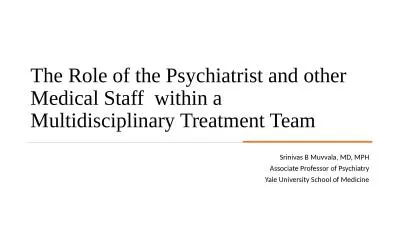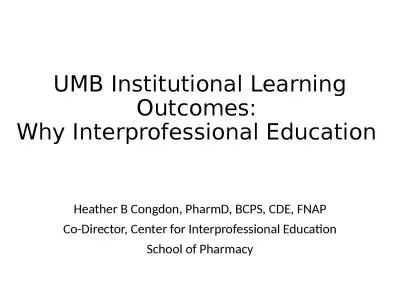PPT-Partners in Training: Interprofessional Education
Author : TropicalParadise | Published Date : 2022-08-03
Denise V Rodgers MD FAAFP Vice Chancellor for Interprofessional Programs Rutgers Biomedical and Health Sciences 1 WHO IPE Definition Interprofessional education
Presentation Embed Code
Download Presentation
Download Presentation The PPT/PDF document "Partners in Training: Interprofessional ..." is the property of its rightful owner. Permission is granted to download and print the materials on this website for personal, non-commercial use only, and to display it on your personal computer provided you do not modify the materials and that you retain all copyright notices contained in the materials. By downloading content from our website, you accept the terms of this agreement.
Partners in Training: Interprofessional Education: Transcript
Download Rules Of Document
"Partners in Training: Interprofessional Education"The content belongs to its owner. You may download and print it for personal use, without modification, and keep all copyright notices. By downloading, you agree to these terms.
Related Documents

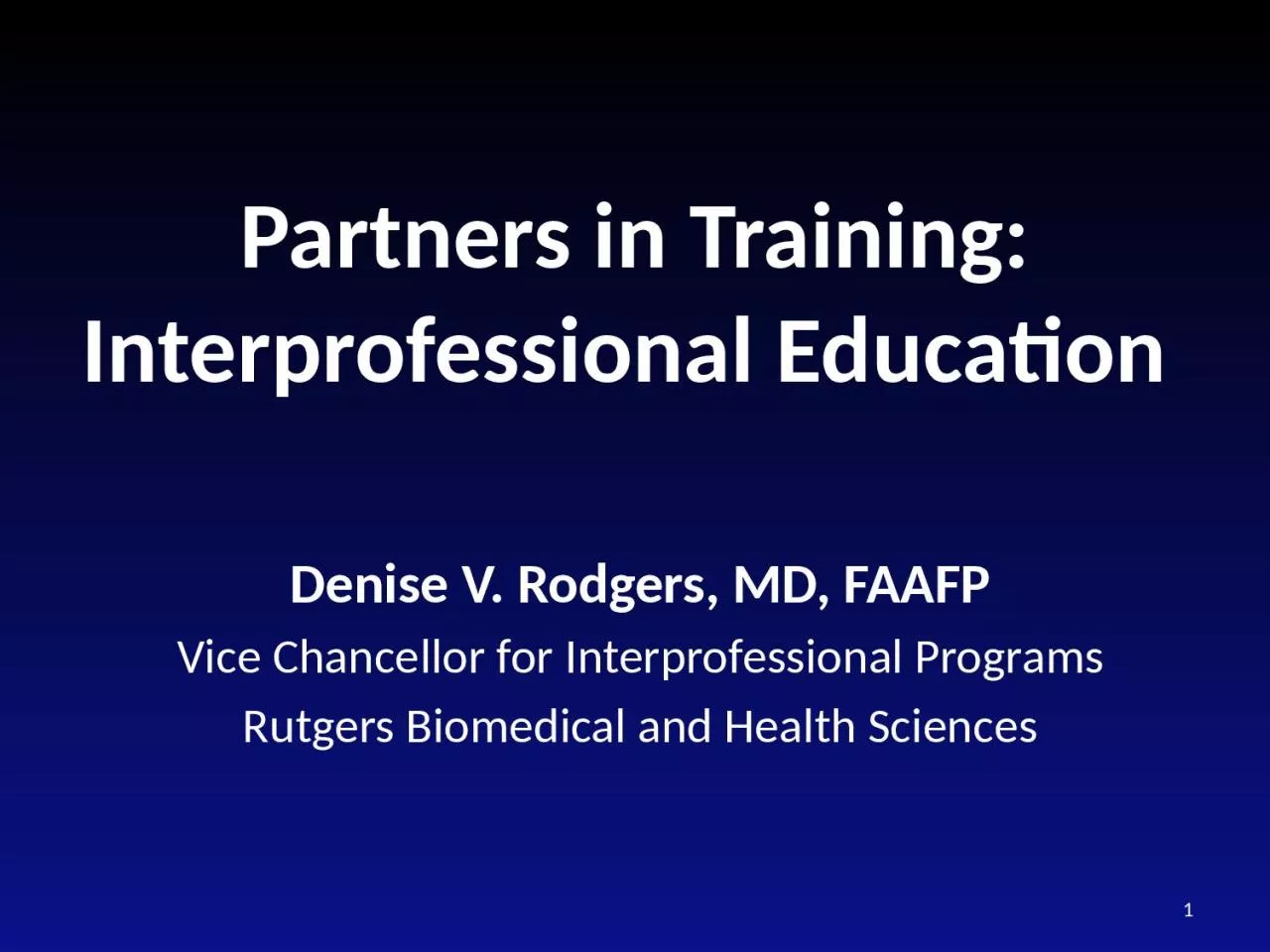


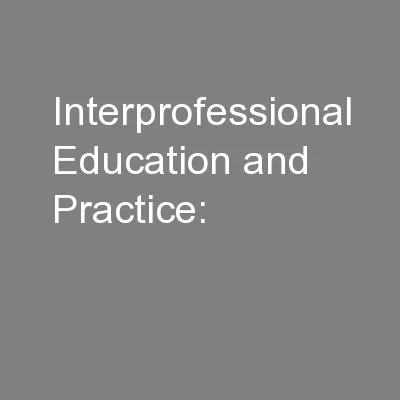



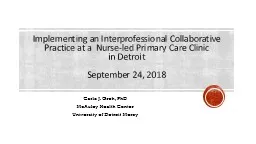

![[DOWNLOAD] Interprofessional Education and Training Better Partnership Working](https://thumbs.docslides.com/1005676/download-interprofessional-education-and-training-better-partnership-working.jpg)
